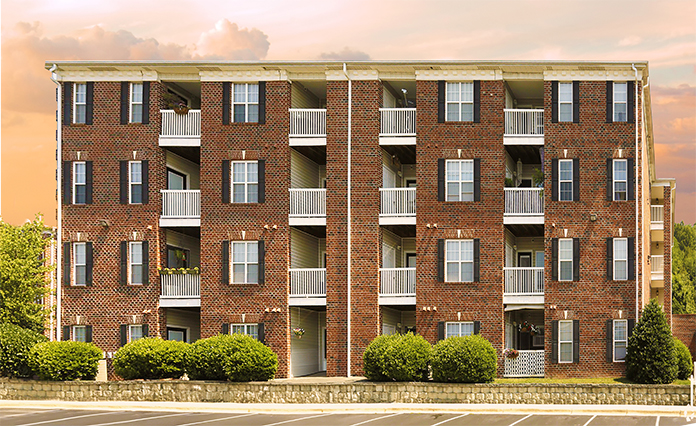
In 2021 and 2022 it didn’t matter what vintage you bought as there was no cap rate premium.
As the first quarter of 2024 was wrapping up, TruAmerica Multifamily closed its first acquisition of the year: a 252-unit apartment community in Asheville, N.C., that was purchased for nearly $50 million from an off-market seller that was not disclosed.
The Los Angeles-based multifamily investment firm plans a value-add asset improvement campaign to reposition the property, called Westmont Commons, which was built in two phases in 2003 and 2008.
In other words, it is back to business for TruAmerica, which typically acquires about $1 billion a year except for the last year when transactions across all asset classes, including multifamily, fell off of a cliff.
But 2024 has a different feel to it, says Matt Ferrari, co-chief investment officer and head of Acquisitions. “Transactions are picking up and that we are getting closer to normal as the buyer-seller gap has been narrowing,” he said.
“2023 was a quieter year on the transaction front for us but we used that opportunity to focus on operations and become more efficient while working through challenges such as controlling costs and trying to maintain top line growth,” he said.
TruAmerica is known for its focus on acquiring Class B workforce housing, mostly in suburban submarkets.
It has also made a mark with its investment strategy over the years, which was buying 1980s and 1990s product because of the yield premium. Only in 2021 and 2022 it didn’t matter what vintage you bought, Ferrari said, as “there was no cap rate premium relative to vintage.”
As 2024 continues to unfold, Ferrari reports, “we are starting to find deals again where there is a risk premium relative to vintage. Now we are back to an environment where if the deal is older, the cap rate tends to be higher.”
There are some differences between now and the pre-pandemic environment though, he adds. Right now, for example, deals that are for sale are skewing newer—late 1990s, early 2000s to newly built properties. “Properties built in the 1980s or older seem to demand a higher cap rate from buyers and most owners don’t need or want to sell at those higher cap rates so there are less of those trading. Newer product can attract a tighter cap rate.”
Ferrari says this has created an opportunity for the company to improve the quality of its portfolio. “Everything we’ve bought in the last 12 months is all 2000 or mid-1990s product.”













